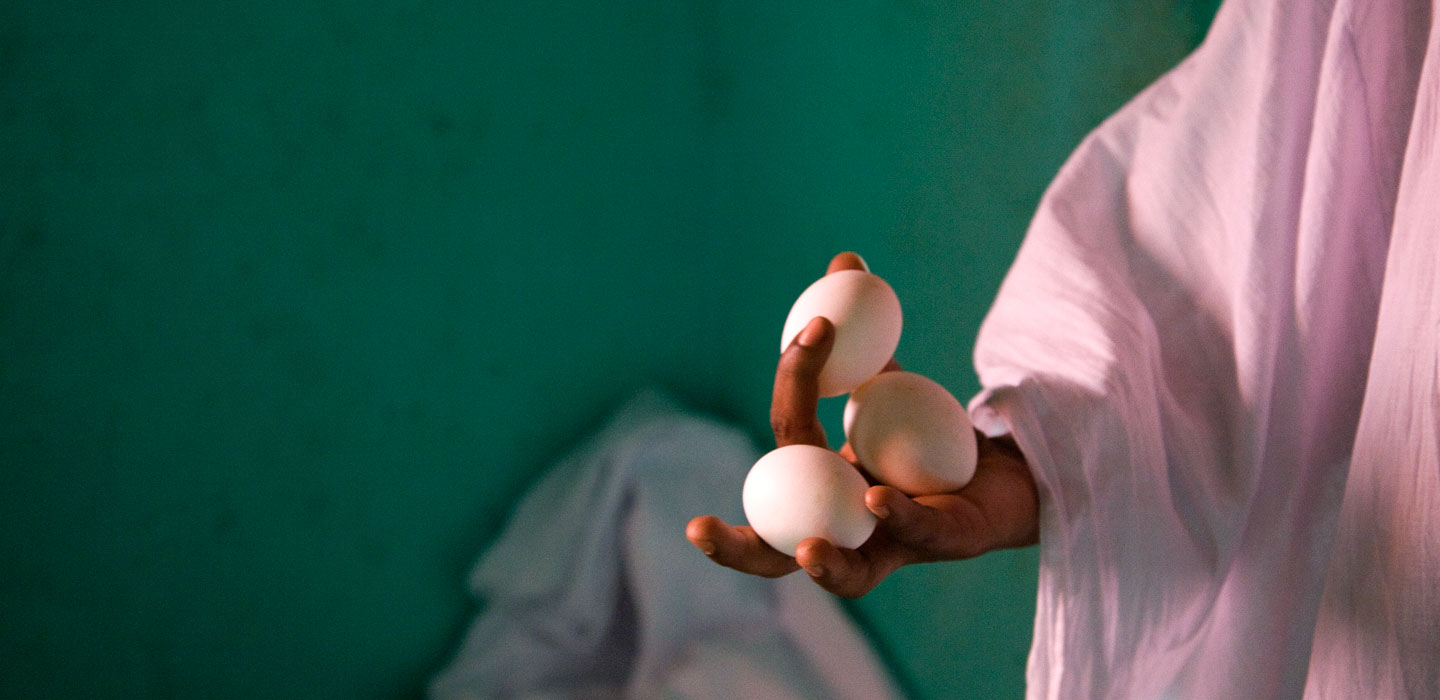Livres
Livres et rapports

Livres et rapports
Menu Affichage
Search Results Filters
Résultats de recherche
L'état de la sécurité alimentaire et de la nutrition dans le monde 2017
Cette année, le rapport sur L’État de la sécurité alimentaire et de la nutrition dans le monde marque l’avènement d’une ère nouvelle de suivi des progrès accomplis pour parvenir à un monde libéré de la faim et de la malnutrition, dans le cadre défini par les objectifs de développement durable (ODD). Plus précisément, le rapport rendra compte désormais des avancées réalisées pour atteindre les cibles associées à l’élimination de la faim et à la prévention de toutes les formes de malnutrition.
Il comportera également des analyses thématiques montrant en quoi la sécurité alimentaire et la nutrition sont liées à d’autres cibles des ODD. Le champ d’étude ayant été étendu au thème de la nutrition, le Fonds des Nations Unies pour l’enfance (UNICEF) et l’Organisation mondiale de la Santé (OMS) ont rejoint le groupe de partenaires élaborant habituellement ce rapport annuel, à savoir, la FAO, le Fonds international de développement agricole (FIDA) et le Programme alimentaire mondial (PAM).
Nous espérons que le partenariat élargi nous aidera à mieux comprendre les diverses dimensions de ce qu’il faut faire pour éliminer la faim et toutes les formes de malnutrition et se traduira par des actions intégrées permettant d’atteindre ce but essentiel.
Rural Development Report 2016: Fostering inclusive rural transformation
The 2016 Rural Development Report focuses on inclusive rural transformation as a central element of the global efforts to eliminate poverty and hunger, and build inclusive and sustainable societies for all. It analyses global, regional and national pathways of rural transformation, and suggests four categories into which most countries and regions fall, each with distinct objectives for rural development strategies to promote inclusive rural transformation: to adapt, to amplify, to accelerate, and a combination of them.
Transforming rural areas
is produced on small farms that are usually family-run. Yet it’s also true that 70 per cent of the world’s poorest people live in rural areas, where the lack
of opportunity is forcing many young rural people to leave their homes in search of work in overcrowded cities or abroad.
The state of food insecurity in the world 2015
was the formulation of the First Millennium Development Goal (MDG 1), established in 2000 by the United Nations members, which includes among its targets “cutting by half the proportion of people who suffer from hunger by 2015”.
In this report, we review progress made since 1990 for every country and region as well as for the world as a whole. First, the good news: overall, the commitment to halve the percentage of hungry people, that is, to reach the MDG 1c target, has been almost met at the global level. More importantly, 72 of the 129 countries monitored for progress have reached the MDG target, 29 of which have also reached the more ambitious WFS goal by at least halving the number of
undernourished people in their populations.